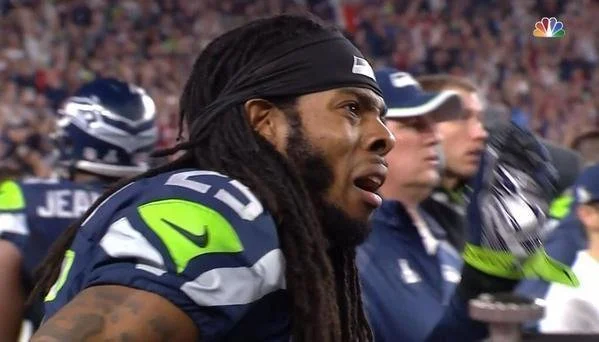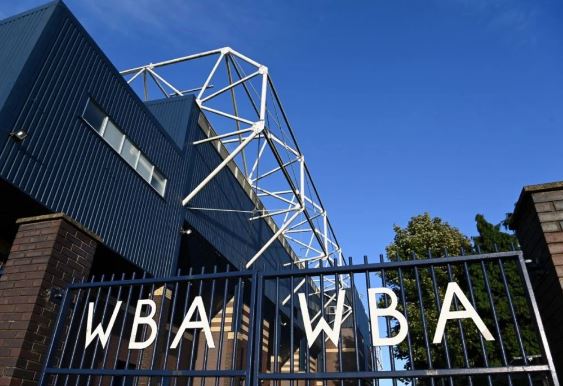Can the Seahawks’ free agent signings fix their run defense?
“Chasing edges,” for instance, means to relentlessly pursue advantages in a league that strives for parity.
“Giving the quarterback answers” loosely translates to putting the QB in favorable situations.
The Seattle Seahawks’ first-year coach dropped another one while speaking to reporters at annual league meetings earlier this week. Discussing all the moves that he and general manager John Schneider have made to the middle of their defense over the past month, Macdonald said it’s important to have a “strong spine.”
“If not, they’re just going to gash you right up the middle,” he said. “That’s the quickest distance from point A to point B, which you’re trying to avoid. But in general, we’re trying to build a wall … trying to stay square, trying to set hard edges, make the ball [bounce toward the sideline], make them throw the thing outside. You don’t want to get gashed up the middle of your defense. You’ve got to have the right guys who can play right there so you can get the job done.”
The Seahawks have been one of the NFL’s worst run defenses the past two seasons, ranking last in rushing yards allowed (4,906) and 30th in yards per carry (4.7). They’ve allowed the sixth-most points per game (23.6) in that span, too. Macdonald and Schneider haven’t undertaken a rebuild anything like the one that Schneider and former coach Pete Carroll executed when they arrived together in Seattle in 2010, but what has long been an underperforming defense will look quite a bit different this season, particularly inside the numbers.
Their defensive line will have a full season of Leonard Williams after he arrived in an October trade with the New York Giants and posted 41 tackles and four sacks over 10 games. After parting with a second-round pick for Williams, Schneider said the Seahawks’ top priority in free agency was to re-sign him, which they did via a three-year, $64.5 million deal that made him the highest-paid defensive player in franchise history. The deal came together late on the first day of the negotiating window.
That move was bookended by their most recent move up front, the addition of 31-year-old defensive tackle Johnathan Hankins on a one-year, $2.05 million deal. Hankins came with a strong recommendation from new defensive coordinator Aden Durde, who was his position coach the past two seasons with the Dallas Cowboys and, according to Schneider, pounded the table for the 12th-year veteran during his first interview for the job.
Hankins replaces Mario Edwards Jr. in the rotation and gives Seattle’s D-line the bulk it didn’t have last season. At 320 pounds, he projects as strictly a nose tackle. Part of Williams’ appeal, on the other hand, is that he can play three-technique and defensive end.
“He’s super talented, 30 years old, likes the area, likes the coaches, likes the new staff, loved Pete, [former defensive coordinator Clint Hurtt], that whole group of guys,” Schneider said of Williams. “And then the new group of guys that came in did a great job recruiting him, making him feel comfortable. And then doing the contract, that was a big deal for us. And I’m glad we got it done as soon as we did because it could have lasted longer and that would’ve held us up from doing other things. And it did to a certain extent with some of our own guys, but he was the priority.”
Schneider’s last comment was in reference to the Seahawks losing linebacker Jordyn Brooks in free agency. They were never expected to bring back Bobby Wagner once Carroll was fired, but they were interested in re-signing Brooks — their 2020 first-round pick — at the right price. The hang up, as Schneider explained, was that they didn’t feel they could make him an offer until Williams made a decision, lest both of them accepted Seattle’s deals and left the Seahawks without enough money to fill their other needs. The Miami Dolphins, willing to move faster on Brooks, gave him a three-year, $26.25 million deal, meaning the Seahawks had to fill both starting spots at inside linebacker.



